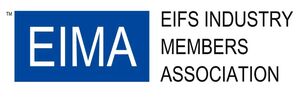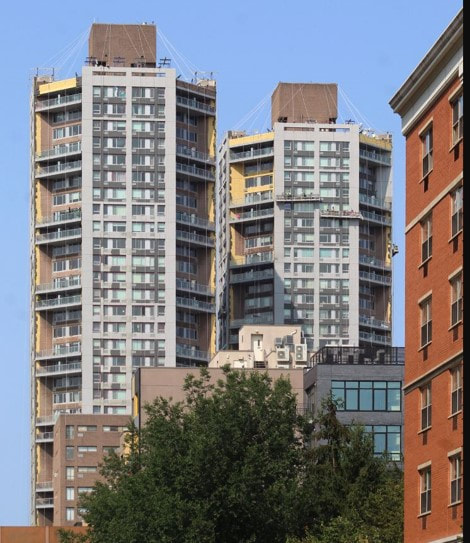The Heritage
|
East Harlem, New York
Category: Multi-family Residential EIFS with Drainage can play an elemental role in building affordable housing by offering cost-effective solutions, energy efficiency, quick installation, design versatility, lightweight materials, durability, and adaptability to various building types. Located in East Harlem, the Heritage is a 1970s development of 600 rental apartments includes two 35-story buildings and a 12-story structure. It’s part of the New York State Energy Research & Development Authority (NYSERDA) “Empire Building Challenge,” a $50 million New York State public-private initiative to “spur economic growth and renewal in New York by attracting best-in-class manufacturers, solution providers, and entrepreneurs from around the world to help transform our existing building stock into the buildings of the future.” Further, the Empire Building Challenge focuses on “decarbonization of tall buildings, with a particular interest in retrofit projects that support decarbonization of heating loads, increase flexibility of a building’s energy demand, and reduce tenant-driven consumption.” The Heritage retrofit received approximately $14 million in private investments and $5 million from NYSERDA to meet these carbon challenges. With the installation of EIFS with Drainage, new windows, and updated electrification, the new measures were designed to eliminate fossil fuel usage, improve resident comfort, and minimize disruption in occupied multi-family properties. Project leaders anticipate a 54% reduction in site energy-use intensity for this project as well as carbon neutrality by 2030. |


